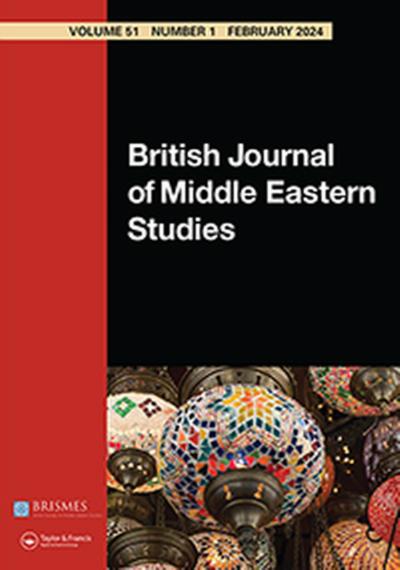Drawing the lines: The Norwegian debate on civilian-military relations in Afghanistan
Military and civilian actors are engaged in a debate over where to draw the lines in the provision of humanitarian and development assistance. This is illustrated in Afghanistan by the different national models applied to Provincial Reconstruction Teams (PRTs). Norway has opted for a model that clearly separates the civilian and military components within the PRT.
Specific guidelines, both international and Afghan, emphasise the need to separate military and humanitarian activities. Humanitarian assistance should be distributed on the basis of need while upholding the humanitarian principles of humanity, impartiality and neutrality; it must not be used for the purposes of political gain, relationship-building, or “winning hearts and minds”.
The Norwegian military argues that NGOs should contribute toward a “whole-of-government approach” in the area under Norwegian PRT responsibility to help “hold and build” upon the military gains. The NGOs’ position is that minimising security risks and maximising the impact of NGO assistance requires neutrality. Development assistance might be determined as political support, though the Norwegian government here takes a functional approach by arguing for implementation to be undertaken by professional development organisations, be they Afghan or international.
Recent research has questioned the impact of military aid delivery both in terms of development and added security. The present Norwegian PRT model has ensured that the delivery of humanitarian and development assistance avoids being conflated with military functions and political partiality, while ensuring professional delivery of assistance. One recommendation, therefore, is for this model to be further developed and advocated for other members of the International Security Assistance Force





